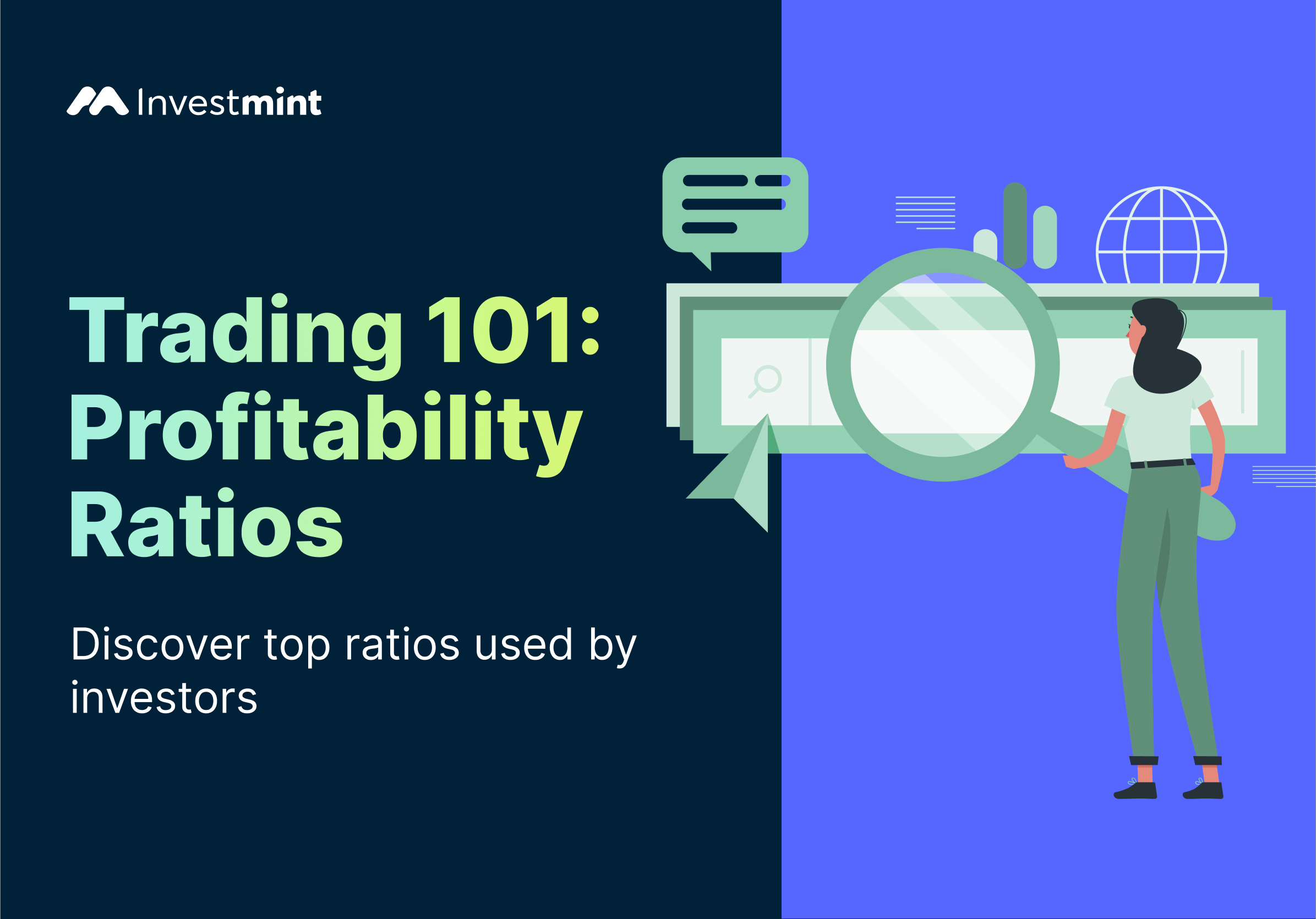NIFTY Rider: Futures and Options (F&O) Trading Strategy
Discover NIFTY Rider, a high-volatility model that uses long-short strategies to protect portfolio downside while adding 2x alpha on the upside.

Introducing NIFTY Rider, a trading model that aims to protect your portfolio's downside while adding 2x alpha on the upside. This model is designed to preserve wealth in the event of a market crash, covering up to 60% of the fall.
In this post, we'll delve into the key features and benefits of Nifty Rider, providing insights on how it can complement your existing strategies.
What Is NIFTY Rider?
NIFTY Rider is a positional, high-volatility trading model that utilises a combination of trend following and long-short strategies. It uses moving averages as a trend identifier and price range references for trend confirmation and entries, with exits based on a trailing moving average. All of these parameters are used on an hourly time frame.
How Does It Work?
This model is divided into two parts: an active part and a passive part. The passive part stays invested in an index ETF, while the active part is traded through futures. The active part goes both long and short based on signals from the model. This strategy is designed to capture trends in the NIFTY 50 index and protect the portfolio in the event of a market crash by going short in the futures component.
Is NIFTY Rider Suitable For me?
NIFTY Rider is suitable for investors who have an equity portfolio worth greater than ₹10 lakhs, and would like to hedge it on the downside while making money on the upside. This model is also suitable for investors who are active in the markets daily.
Note: The model is based on a combination of long-short and trend following strategy, which is intended to preserve wealth on the downside and add alpha on the upside but also trade on reduced leverage. However, the performance of the model is subject to the performance of the NIFTY 50 index and any changes in the economic or political environment may negatively impact the performance of the index.
As with any investment strategy, it is important to conduct thorough research, consult a financial advisor and fully understand the risks before committing to the strategy.
Model performance
*Backtest period for Performance Metrics is Feb’ 2011 to Nov' 2022
Calendar days in all day metrics; Returns include slippages;
Frequently Asked Questions (FAQs):
Q. How is NIFTY Rider different from other trading models?
NIFTY Rider is a unique model that aims to protect your portfolio's downside while adding 2x alpha on the upside. It utilises a combination of trend following and long-short strategies and is designed to preserve wealth in the event of a market crash.
Q. What are the chances of success with NIFTY Rider?
The model is designed to work well in trending markets. However, this strategy tends to underperform in extremely range-bound markets.
Q. What is the minimum capital requirement?
The minimum capital requirement for NIFTY Rider is ₹1,10,000. It is recommended that you act on up to 2 signals per day and subscribe to this model for a minimum period of 1 year.
Q. How often do I need to act on signals?
It is recommended that you act on up to 2 signals per day.
Q. How long should I subscribe for?
A minimum period of 1 year is recommended for optimal results.
Final Thoughts
NIFTY Rider is a valuable addition to any investor's portfolio. Its unique combination of trend following and long-short strategies aims to protect the portfolio's downside while adding 2x alpha on the upside. If you have an equity portfolio worth greater than ₹10 lakhs and are active in the markets daily, this model may be suitable for you. We recommend consulting with your financial advisor before making any investment decisions.
Disclaimer: The information provided in this post is for general informational purposes only. It should not be considered as financial or investment advice. Please conduct your own research and consult with a financial advisor before making any investment decisions.
Past performance is not indicative of future results and all investments involve risk.The authors and the company they represent do not guarantee any specific outcome or profit.
Checkout more interesting reads on our blog





